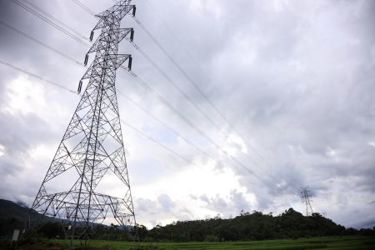Why MBR's Higher Energy Demand Still Reduces Overall OPEX In Wastewater Treatment

Focusing solely on energy use misses the bigger picture in wastewater treatment economics. While Membrane Bioreactor (MBR) systems consume more kilowatt-hours per cubic meter than traditional activated sludge processes (ASP), they consistently outperform ASPs in total operational efficiency. MBRs eliminate the need for secondary clarifiers, reduce chemical consumption, cut sludge production by 30–50%, and streamline labor through automation. These savings often outweigh the added energy demand from membrane aeration and pumping.
MBRs also improve effluent quality and support biogas recovery, making them ideal for facilities dealing with rising sludge disposal costs, stricter regulations, or space limitations. Advanced energy-saving strategies—like fine-bubble aeration, VFDs, and automated DO control—further reduce MBRs' energy footprint.
While upfront costs for MBR systems may be higher, their long-term financial benefits—including lower OPEX, fewer regulatory risks, and greater adaptability for water reuse—make them a smart investment. As regulatory standards tighten and operational pressures increase, MBR offers a future-ready solution focused on total efficiency, not just kilowatt-hours.
Get unlimited access to:
Enter your credentials below to log in. Not yet a member of Water Online? Subscribe today.
